If you’re a fan of the HBO production of Game of Thrones (which I have never seen) when I mention Dubrovnik, an image like this
or even like this:
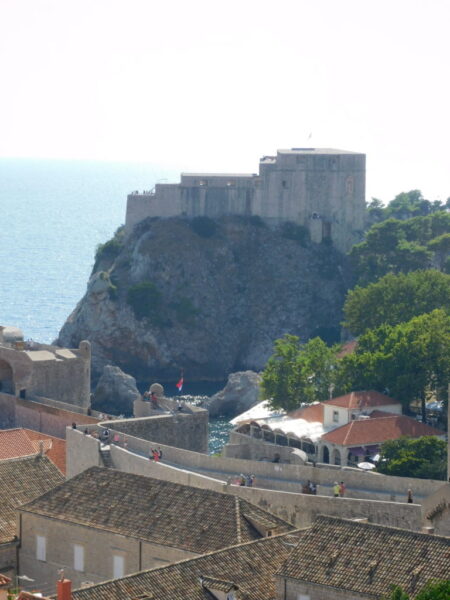
will help you picture Dubrovnik. For those who don’t know, Dubrovnik stands in for King’s Landing, the capital city of Westeros. You fans of the show might want to detour to the website from which I lifted the top image – We Traveled to Croatia To Find Game of Thrones Filming Locations in Real-Life. For the non-G O T fanatics, I suspect it’s more likely, if the name Dubrovnik evokes any image at all, it is probably one closely associated with the old town’s designation as a UNESCO World Heritage Site. Something like this:.
The old walled city is something of an enclave within the larger city of Dubrovnik. About 42,000 people live in Dubrovnik but the old city, visible almost in its entirety above, has just a thousand or so permanent residents.
Just a touch of Dubrovnik history.
Most histories date the initial settlement of Dubrovnik to the early seventh century. However, archaeological excavations in the last decade or so, point to a much earlier habitation. The standard historical lore places the initial settlement on an island called Laus which etymologically refers to a rocky cliff. The name eventually became Raus in the local dialect and for much of its history, the town and the region were called the Independent Republic of Ragusa.
(As an interesting sidebar for my American friends, the Republic of Ragusa was among the first nations of the world to give at least de facto recognition to the United States of America. Fearing British reprisals, the Ragusans (in typical Ragusan fashion) didn’t legally recognize the fledgling country at the time of the Revolutionary War but their ships were accorded free passage by the newborn country and they were reportedly the first to send merchant marine vessels into New York harbor. The Ragusans also played a significant diplomatic role in the years leading up to the American Revolution and throughout the war. It’s not particularly well documented. {Depending on the source, this happened as early as sometime in 1776, or on 7 July 1783 through the work of Francisco Favi – the Ragusan consul in Paris – or during the presidential term of John Adams. That would place it sometime between 1797 and 1801.} if you’re so motivated, you can certainly look it up on your own.)
Now, back to local history. In 1806 after a month-long siege by Russian and Montenegrin troops, the city surrendered to Napoleon to break the siege. At first, Napoleon sought only free passage for his troops but by 1808, he came to occupy the city. The War of the Fifth Coalition fought mainly between the Empires of France and Austria had been dragging on since 1809. Desertion following Napoleon’s failed invasion of Russia depleted the French presence in the area to fewer than 600 soldiers and in January 1814, the city surrendered to British and Austrian troops that were bombing it from the fortress atop Mount Srd seen in the photo below (absent the cable car and communications tower)
which forms the eastern border of the city. (Many of the panoramic photos you see of the old city are taken from Mount Srd.) As a result, the city and region came under Austrian rule after the 1815 Congress of Vienna. This lasted until the fall of the Hapsburg Empire in 1918 and the city took on its current name of Dubrovnik from “dub” – the Slavonic word for a species of Mediterranean Oak prevalent in the area and from the word for woods – dubrava.
The first city walls were built in the ninth century but most of the walls standing today were constructed over about 400 years with the earliest dating from the 13th century. If you visualize the map of southeastern Europe, you should see that Dubrovnik occupies both a perilous and strategic spot on the peninsula. Perilous because it’s hemmed in by the sea to the west and the mountains to the east. Strategic because of its harbor and location on the Adriatic. Because the city could so easily fall under siege, the Ragusans were always negotiating to try to keep the region peaceful. They negotiated payment of an annual tribute to the Ottoman Turks beginning in 1458 that lasted nearly 400 years. This “diplomatic” skill wasn’t quite as effective with Napoleon.
Our day started at the hotel about 3 and a half kilometers from the old city. The group gathered after breakfast and our leader, Damir, led us along the Lapad Bay Promenade

to a public bus for a ride to the city center. The city has three entrance gates and we went in through the main or Pile Gate. Our guide told us that pile translates as gate so we entered through the Gate Gate which has an outer
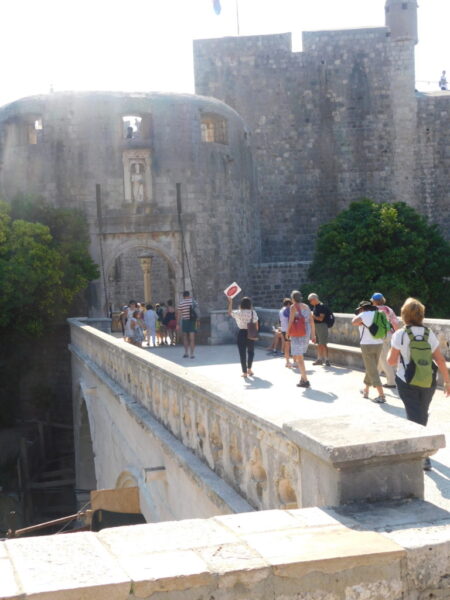
Because the city was devastated by an earthquake in 1667 that killed about 5,000 people and destroyed three quarters of the city’s public buildings, most of Dubrovnik’s architecture is Renaissance or Baroque with more of the latter than the former.
Once inside the gate, at one end of the Stradun or main city avenue, you see the Big Onofrio Fountain. Completed in 1438 it’s one of two fountains designed and built by Onofrio della Cava from Naples and part of a system that pipes water into the city from the Ombla River 12 kilometers distant. Onofrio’s Fountain was the main water supply for the city for nearly 500 years and is still used today as people fill their water bottles from one of the 16 gargoyle spouts that run the circumference of the polygon.
The building visible behind the fountain is the Church of Saint Saviour. Built in 1620 it is the one of the only remaining buildings to survive the 1667 earthquake. To its right is the Franciscan Monastery. According to the dictates of Saint Francis of Assisi, the Monastery was originally built outside the city walls but the wars of the early 14th century prompted its relocation to a safer spot just inside the Pile Gate. Construction began in 1317 but it required substantial reconstruction after the earthquake. The original building was erected in the Gothic style but the restoration is architecturally Baroque.
The monastery houses what is reputed to be the third oldest pharmacy in Europe and, though it has moved from its original location, it’s still in operation today placing it among the oldest continually operating pharmacies in the world. Once inside, I surreptitiously snapped this photo of the old pharmacy which is now a museum.
Photography was permitted in some areas but not others. Our guide noted that it’s always important to keep your eyes sharp and active because you never know when a detail of importance or whimsy might appear. She pointed us to this one:.
Look closely at the base of the two pillars and you will see a man’s head at the right of the one in front and a hand in back.
Note: In keeping with my 2022-2023 reformation of the blog into shorter entries, backdated to maintain their sequence, any comments on this post might pertain to its new configuration. See the full explanation in the post Conventions and Conversions.

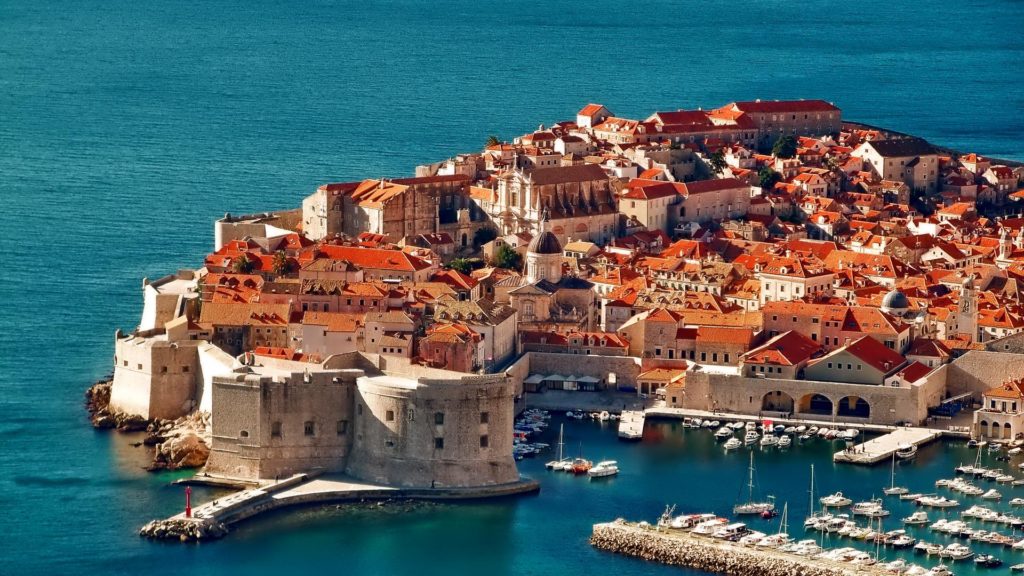
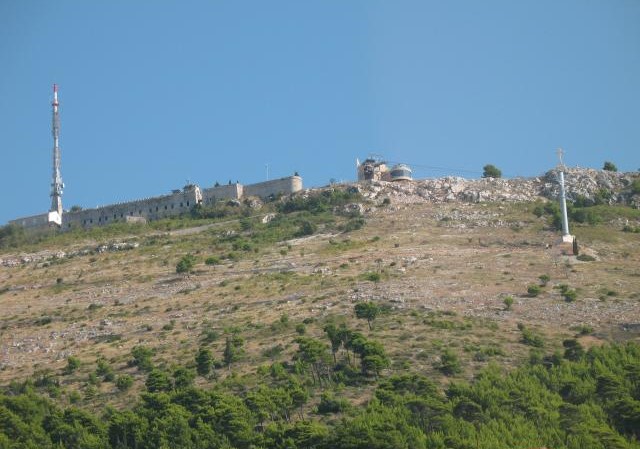
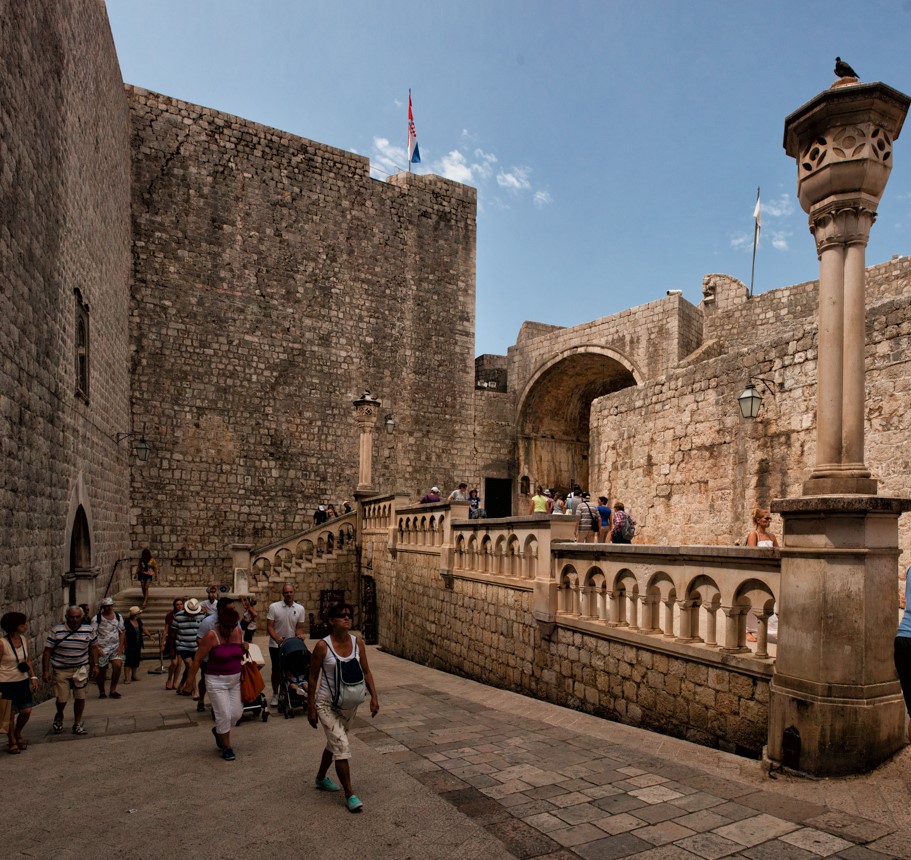
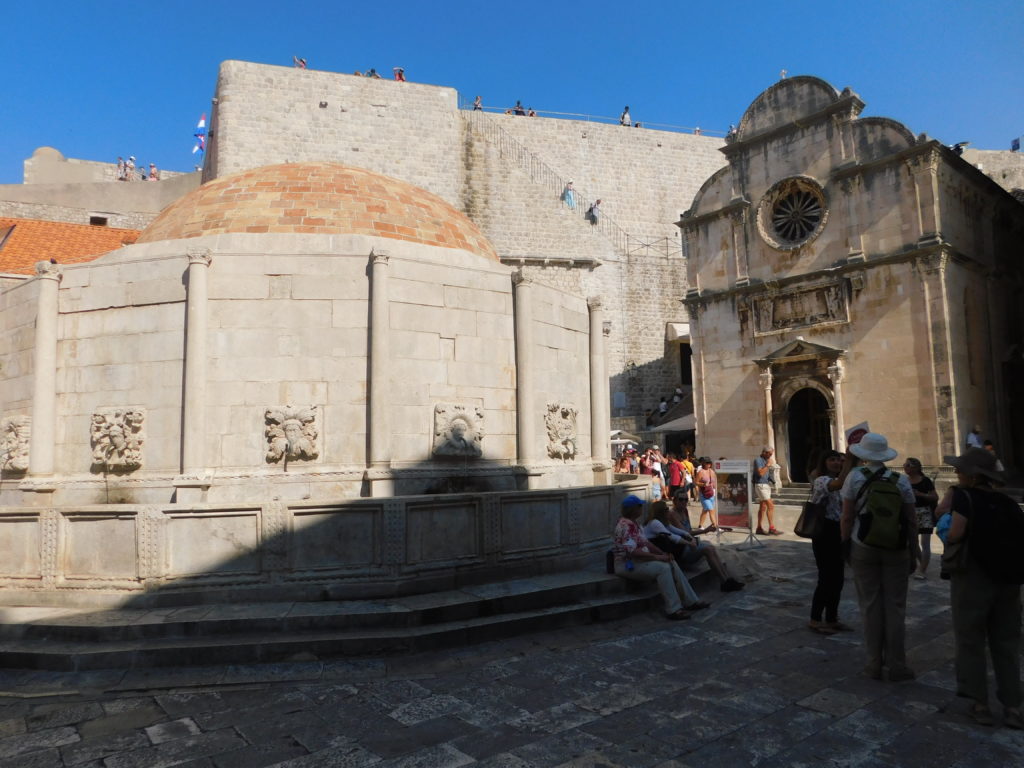
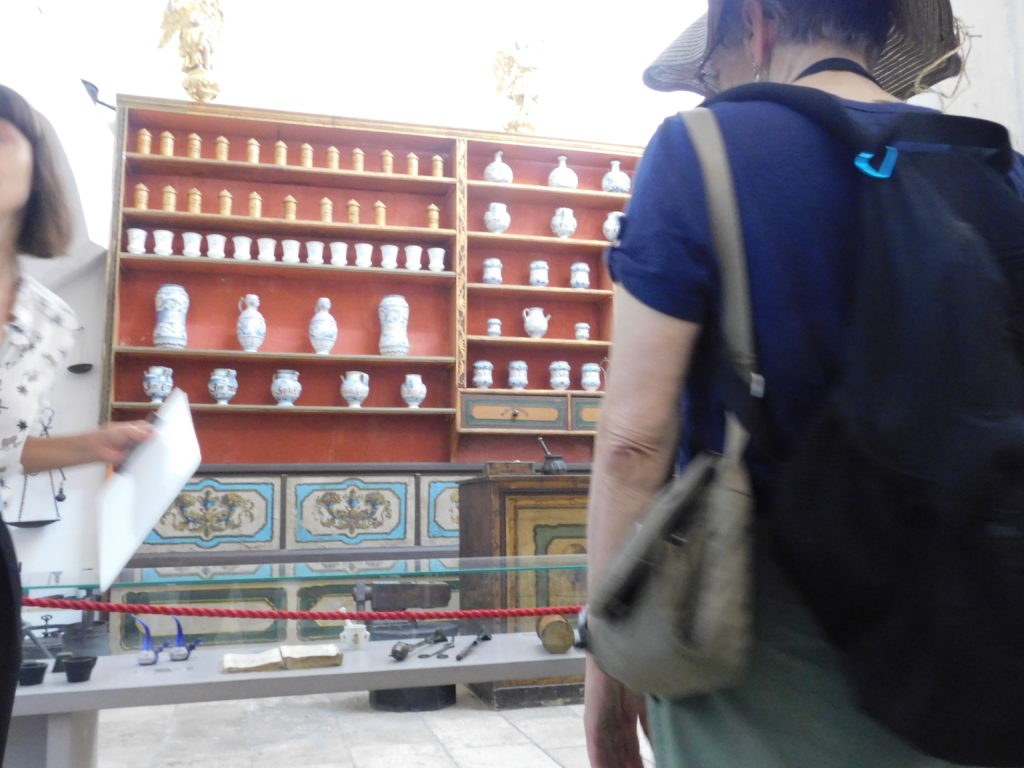
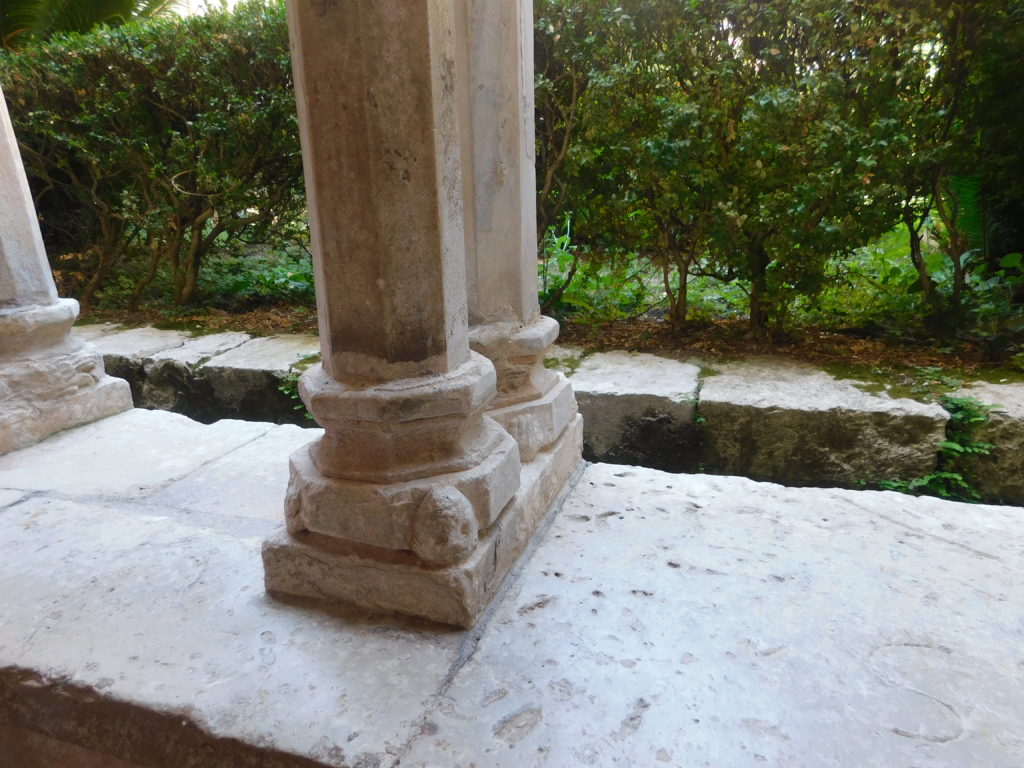
Nice job Todd
Chorwacja jest piękna
Zgadzam się. (The comment and my response are in Polish,) The comment says, “Croatia is beautiful” and my response is, “I agree.”